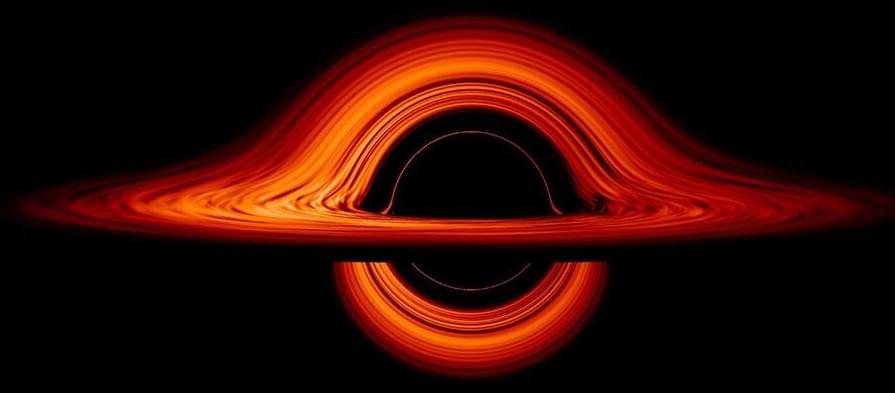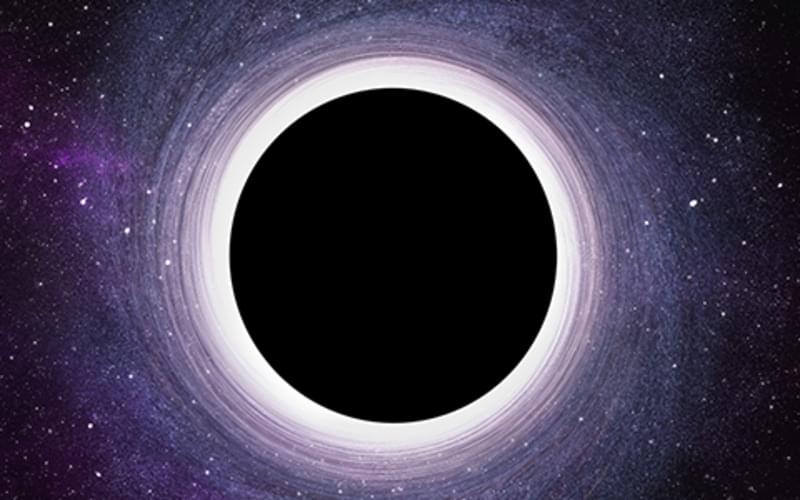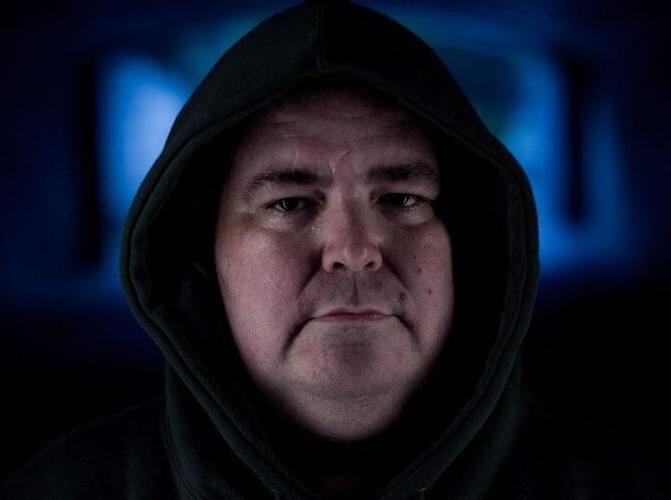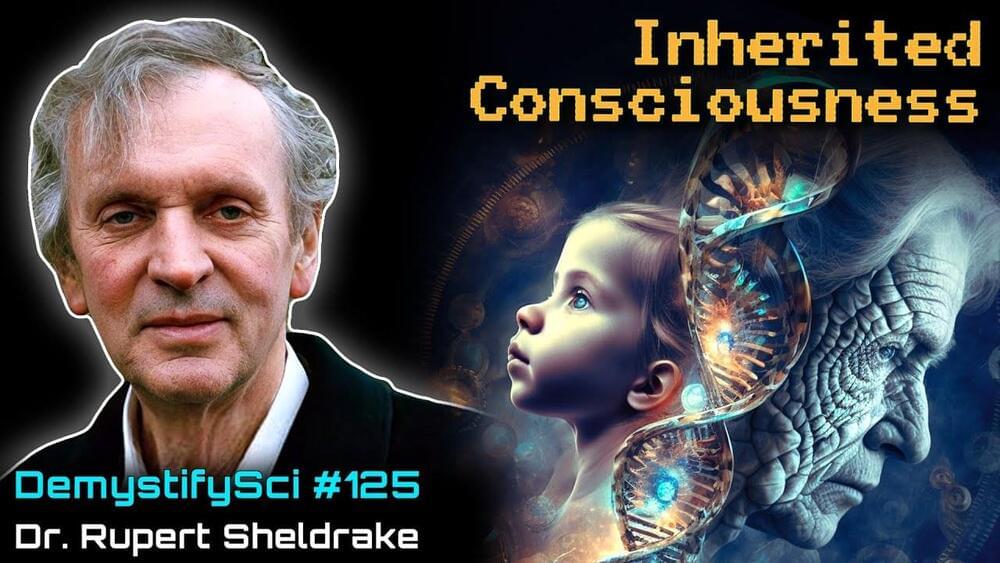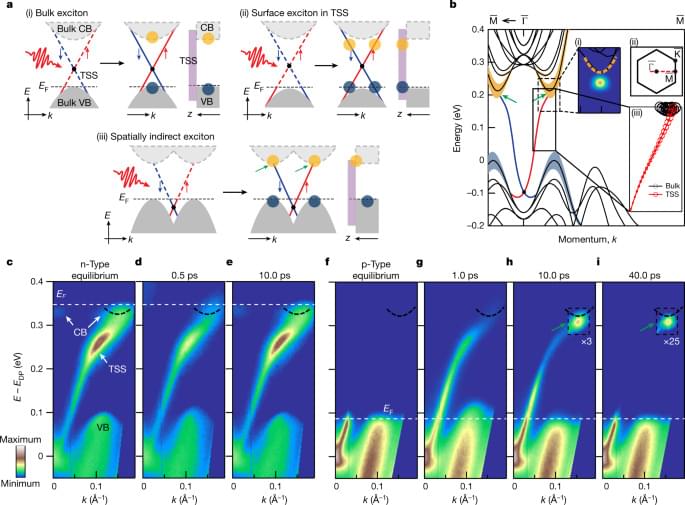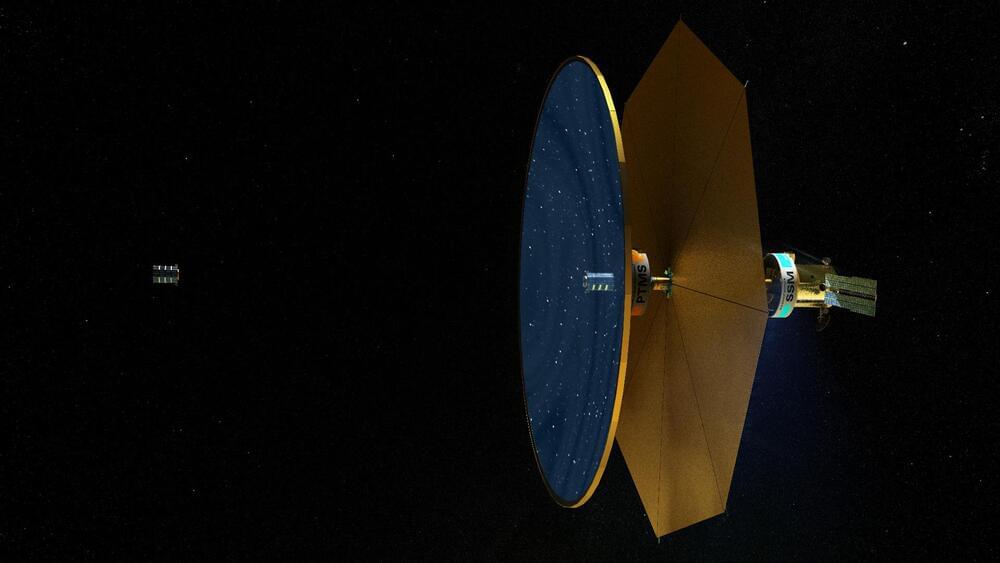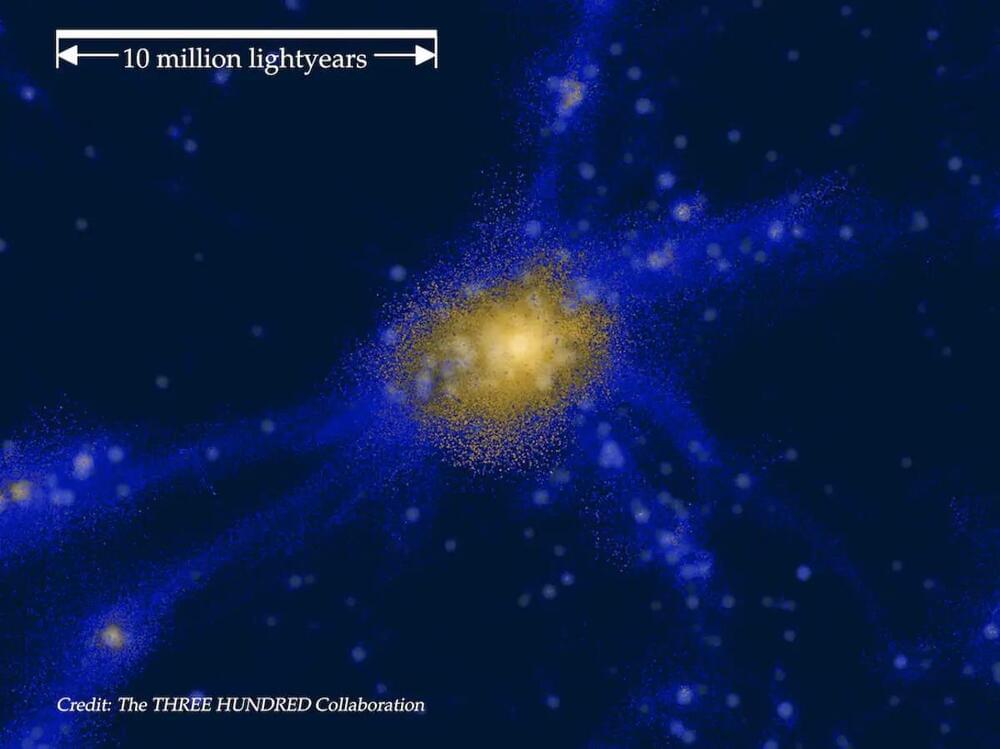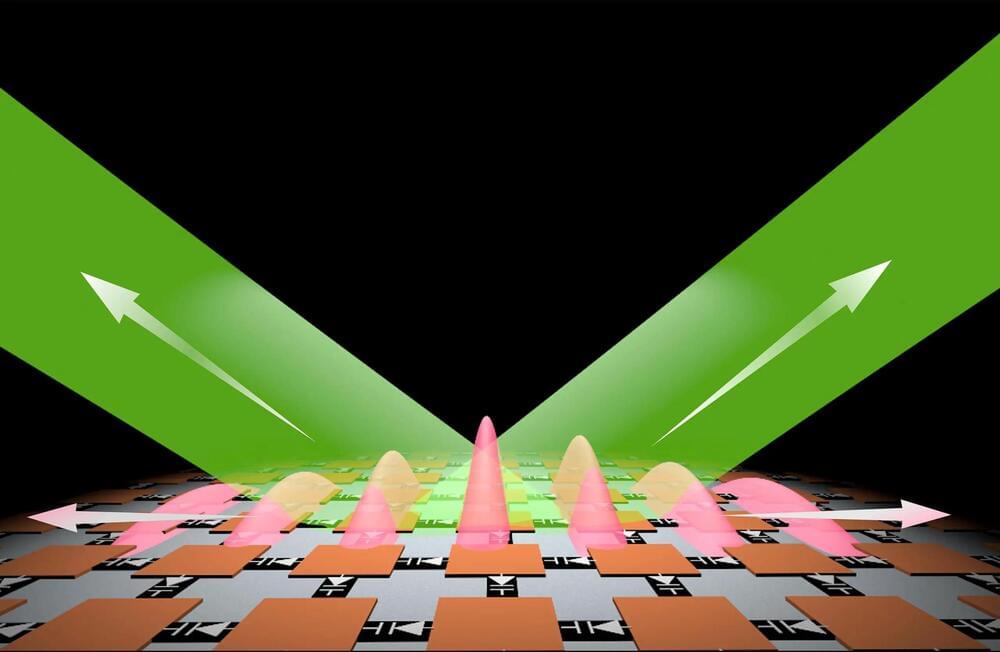Apr 29, 2023
Time Travel and it’s Possibility
Posted by Dan Breeden in categories: physics, robotics/AI, time travel
Created using Paragraph ai.
Time travel has long been a popular theme in movies, but scientists believe that the concept of time teleportation is unlikely in reality. However, they do not dismiss the possibility of time travel altogether. The laws of physics suggest that time travel may be possible, but the details are complex.
Physicists explain that traveling to the near future is relatively simple, as we are all doing it right now at a rate of one second per second. Additionally, Einstein’s special theory of relativity states that the speed at which we move affects the flow of time. In other words, the faster we travel, the slower time passes. Furthermore, Einstein’s general theory of relativity suggests that gravity also impacts the flow of time. The stronger the nearby gravity, the slower time goes.

